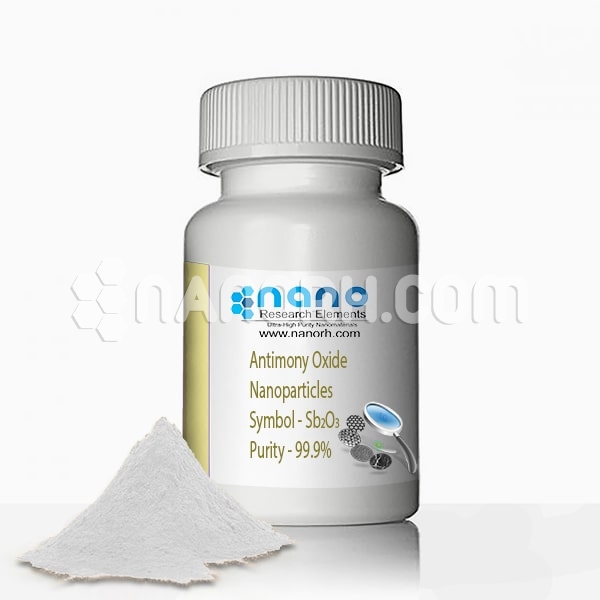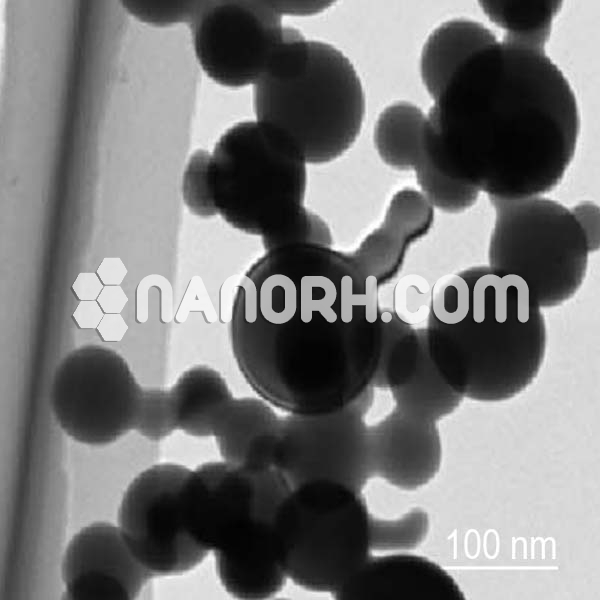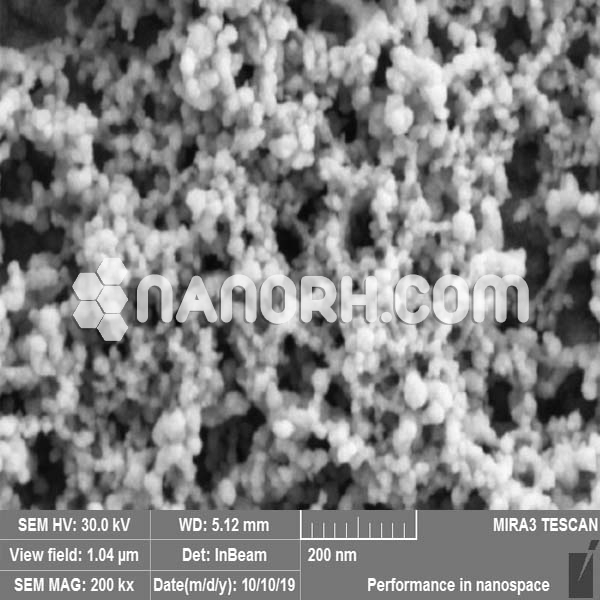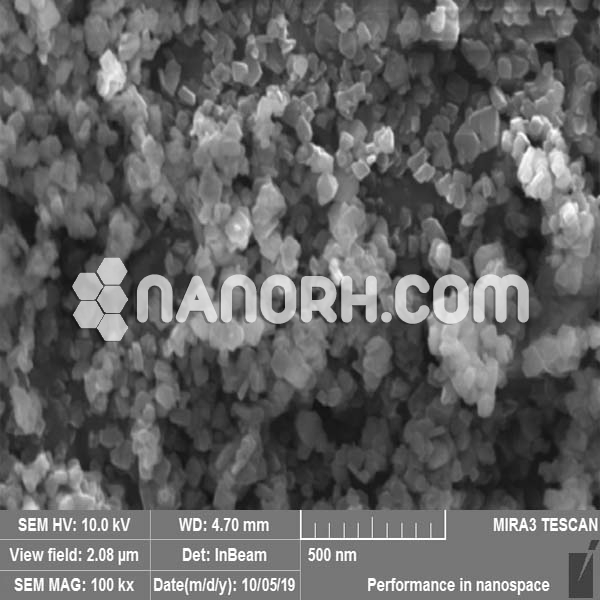| Antimony Oxide Nanoparticles | |
| Product No | NRE-3003 |
| CAS No. | 1309-64-4 |
| Formula | Sb2O3 |
| APS | <100nm (Can be Customized) |
| Purity | 99.9% |
| Color | white |
| Molecular Weight | 291.52 g/mol |
| Density | 5.67 g/cm3 |
| Melting Point | 656 °C |
| Boiling Point | 1425 °C |
Antimony Oxide Nanoparticles
Flame Retardants: Sb2O3 nanoparticles are commonly used as flame retardants in various materials, such as plastics, textiles, and coatings. They work by releasing antimony oxide when exposed to heat, which suppresses the combustion process, reducing the spread of flames and smoke generation.
Polymer Industry: Sb2O3 nanoparticles can be incorporated into polymers to improve their fire resistance. This is particularly important in the manufacturing of electrical cables, automotive parts, and construction materials, where fire safety is a critical concern.
Catalysts: Sb2O3 nanoparticles are used as catalysts in a range of chemical reactions. They are especially effective in catalyzing the production of polyethylene terephthalate (PET) from terephthalic acid and ethylene glycol.
Gas Sensors: Sb2O3 nanoparticles have been employed in gas sensors, particularly for the detection of gases like hydrogen, carbon monoxide, and methane. The high surface area and reactivity of these nanoparticles make them suitable for gas-sensing applications.
Batteries: Antimony oxide nanoparticles have been explored for use in lithium-ion batteries and other energy storage systems. They can serve as anodes due to their high capacity for lithium-ion storage, potentially leading to improved battery performance.
Photocatalysis: Antimony oxide nanoparticles have photocatalytic properties that can be harnessed for various applications, including water purification, degradation of organic pollutants, and hydrogen production from water-splitting reactions under UV or visible light.
Pigments and Coatings: Antimony oxide nanoparticles are used in the manufacturing of pigments and coatings, providing UV protection, corrosion resistance, and color enhancement in paints and plastics.
Glass Industry: They are used in the glass industry to decolorize and refine glass, reducing the presence of impurities and improving the clarity of glass products.
Biomedical Applications: Antimony oxide nanoparticles are under investigation for potential biomedical applications, such as drug delivery systems, imaging agents, and cancer therapy due to their unique properties and biocompatibility.
Environmental Remediation: Antimony oxide nanoparticles can be used in environmental remediation processes to remove contaminants from soil and water. They can be effective in adsorbing heavy metals and other pollutants.




